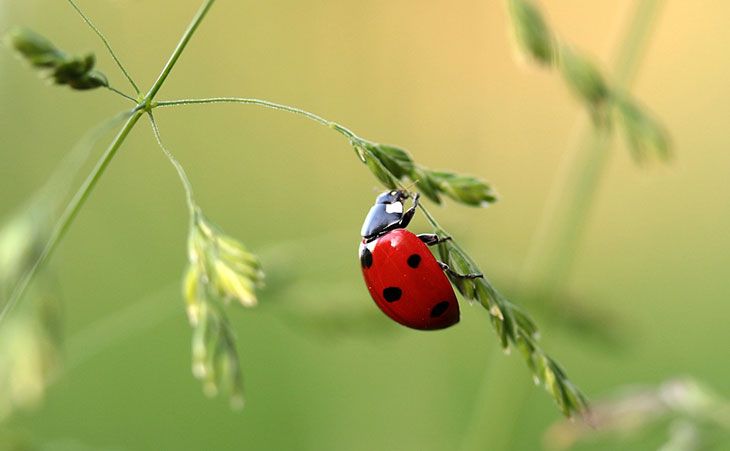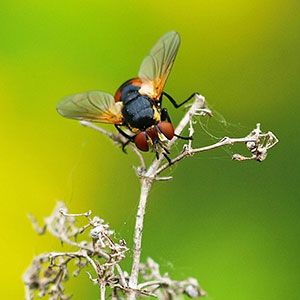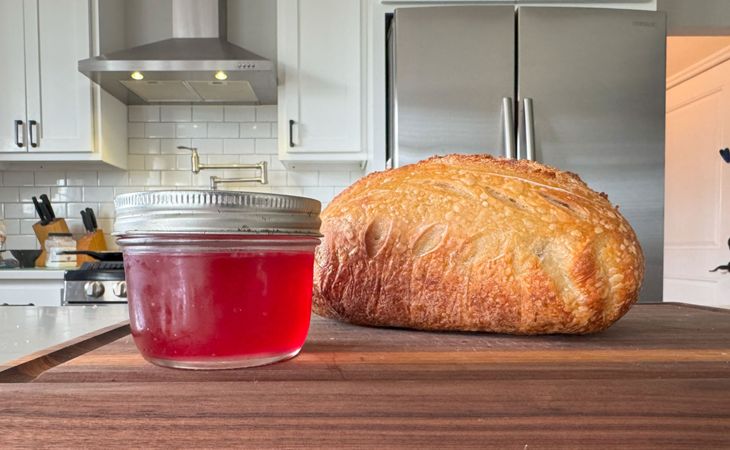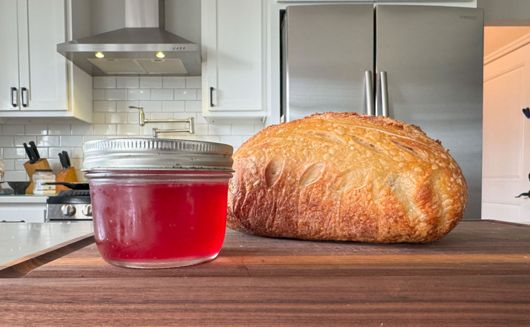Beneficial Insects
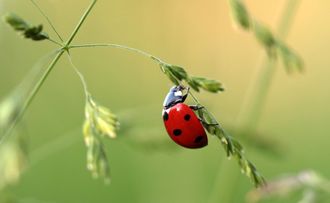
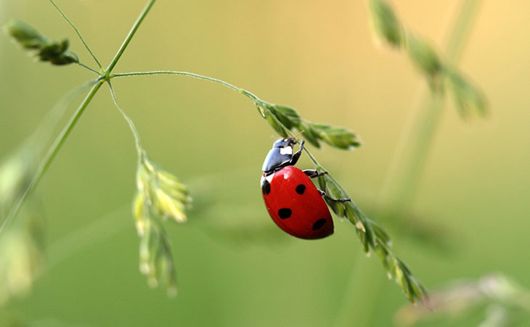
Why beneficial insects?
Because they greatly reduce, if not eliminate, the need for chemical pesticides (which also kill the good insects). Perhaps more concerning than harsh chemicals in and on your food is the fact that a number of insect species are starting to show resistance to conventional pesticides, according to the EPA and many watchdog organizations. Garden pests do not, however, become resistant to natural predator — which is why they’ll be effective forever.
If you’re an organic gardener, keeping pesticides out of your garden is going to be high on your list. The presence of beneficial insects is an integral part of accomplishing that: it goes hand in hand with soil health, water conservation and chemical-free disease control as a central pillar of sustainable gardening practices.
Before you invite them in …
If you’d like to move forward with the adoption of some “good bugs” for your garden, there are a few checks that need to be performed:
- Check to see if you need a special permit. Your local cooperative extension service will be acquainted with this information.
- Check your neighbor’s pesticide-use habits. It would be a terrible waste to spend a fair amount of money on beneficials and then have your neighbor spray them all. Let nearby homeowners know about your plan. Once you tell them what you’re doing, they may want to join in and help you defray the cost.
- Check to make sure you have enough “bad bugs” for the beneficials to eat, or they may migrate away from your garden in search of more satiating hunting grounds.
To keep beneficial insects from leaving the area after your “bad bug” problem is under control, make sure you’ve planted plenty of native trees, plants and grasses.
Consider yourself warned: these are not inexpensive, so you have to look at the cost as an investment in your garden and the local ecosystem. If you’re lucky, one or more of them may be native to your growing zone.
Here are 14 beneficial insects that will dutifully serve as sentinels for your garden, along with a list of which pests they prey upon, and a short list of plants that attract each beneficial. A final note: The bad bugs won’t be gone overnight; sometimes it takes a week or two to break the hatching cycle. With a little patience and a variety of habitats to attract beneficial insects to your garden, it won’t be long before those pesky pests will stop bugging you!
Beneficial Insects:
Name
Green Lacewing
Prey
Aphids
Leafhoppers
Mealybugs
Whiteflies
Attractor
Angelica
Coriander
Dill
Golden Marguerite
Name
Ground Beetle
Prey
Caterpillars
Colorado Potato Beetles
Cutworms
Slugs
Attractor
Amaranthus
Clover
Evening Primrose
Name
Hoverfly
Prey
Aphids
Caterpillars
Scale
(Adults feed on pollen)
Attractor
Dill
Basket of Gold Alyssum
Common Yarrow
Fern-Leaf Yarrow
Statice
Name
Ladybug
Prey
Aphids
Colorado Potato Beetles
Fleas
Mites
Whiteflies
Attractor
Dill
Dandelion
Basket of Gold Alyssum
Common Yarrow
Fern-Leaf Yarrow
Name
Minute Pirate Bug
Prey
Aphids
Caterpillars
Spider Mites
Thrips
Attractor
Alfalfa
Caraway
Fennel
Goldenrod
Spearmint
Name
Soldier Beetle
Prey
Aphids
Grasshopper eggs
Soft-bodied insects
Attractor
Goldenrod
Linden
Marigold
Zinnia
Name
Spider
Prey
Aphids
Bed bugs
Fruit flies
Grasshoppers
Roaches
Attractor
Tall plants (weaving)
Mulch (predatory)
Name
Tachinid Fly
Prey
Gypsy moths
Japanese beetles
Cutworms
Squash bugs
Attractor
Buckwheat
Carrot
Cilantro
Dill
Shop Natural Pest & Disease Control
 Ferti-lome® Neem
Starting at $12.99
Ferti-lome® Neem
Starting at $12.99
 Bird-X® Garden Nets
Starting at $12.99
Bird-X® Garden Nets
Starting at $12.99
 Safer® Brand Insect Killing Soap
$14.99
Safer® Brand Insect Killing Soap
$14.99
 Bonide® Copper Fungicide
$14.99
Bonide® Copper Fungicide
$14.99
 Monterey Horticultural Oil
Starting at $14.99
Monterey Horticultural Oil
Starting at $14.99
 Monterey Liquid Copper Fungicide
$22.99
Monterey Liquid Copper Fungicide
$22.99
 Ferti-lome® Triple Action
Starting at $23.99
Ferti-lome® Triple Action
Starting at $23.99
 Monterey Fruit Tree Spray Plus
$26.99
Monterey Fruit Tree Spray Plus
$26.99
- Article Categories:
- Organic Gardening
- Pest & Disease Control

